June 7, 2016
Office best place for productivity, subject to wellness, tech and design 0
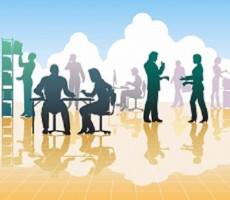 An increasing number of employees may be opting for telecommuting and on-demand workspaces, but 66 percent of American employees consider the office as the most productive place to get work done. Thirty-six percent say it’s the most inspiring place to work as well, more than any other location. But as workers spend more time in the office, the onus falls on employers to keep their employees healthy, productive and inspired. According to The Staples Business Advantage Workplace Index, 70 percent of US office workers and managers report working more than 40 hours a week, many of whom say they’re working longer hours simply to catch up on work they couldn’t tackle during an eight hour day. And that workload is taking a toll, with 64 percent of respondents saying their workplace has contributed to stress, nearly half feeling so overworked they’re motivated to look for another job and 13 percent having taken a workplace stress-related leave of absence.
An increasing number of employees may be opting for telecommuting and on-demand workspaces, but 66 percent of American employees consider the office as the most productive place to get work done. Thirty-six percent say it’s the most inspiring place to work as well, more than any other location. But as workers spend more time in the office, the onus falls on employers to keep their employees healthy, productive and inspired. According to The Staples Business Advantage Workplace Index, 70 percent of US office workers and managers report working more than 40 hours a week, many of whom say they’re working longer hours simply to catch up on work they couldn’t tackle during an eight hour day. And that workload is taking a toll, with 64 percent of respondents saying their workplace has contributed to stress, nearly half feeling so overworked they’re motivated to look for another job and 13 percent having taken a workplace stress-related leave of absence.
















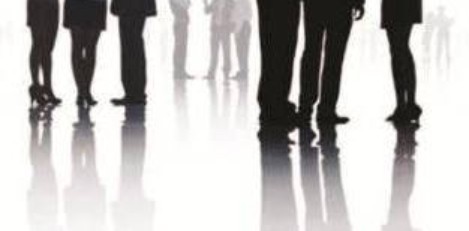
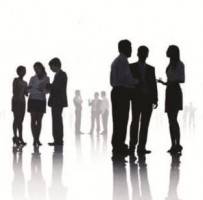


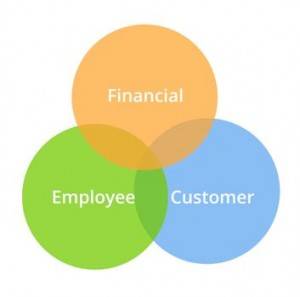



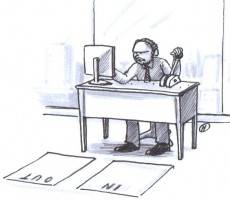








May 25, 2016
Urban Millennials are worried about the same things as everybody else 0
by Mark Eltringham • Cities, Comment
(more…)